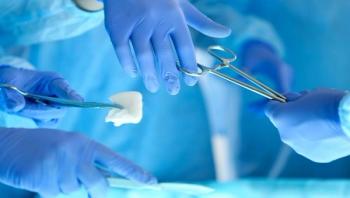
Sterile Processing
Latest News








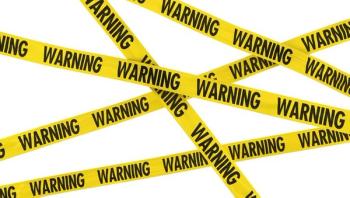



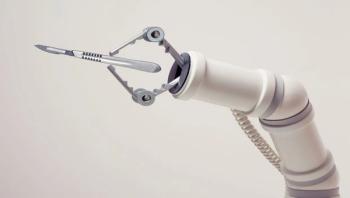
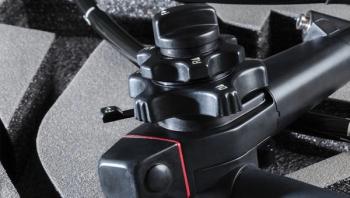
To help address the tough questions related to its inquiry into third-party servicing and refurbishment of medical devices, the Food and Drug Administration (FDA) scheduled a two-day public workshop for late October. Stakeholders are many and quite diverse, ranging from clinicians, patient safety managers and HTM professionals, to original equipment manufacturers (OEMs) and those aforementioned third-party firms; all of whom will be providing their perspectives on how to ensure patient safety while controlling costs in an environment where organizations vary in how they repair and generally maintain devices.

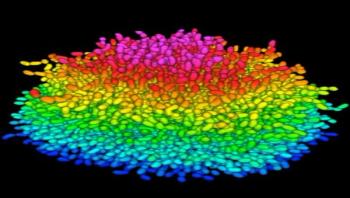
Princeton researchers have for the first time revealed the mechanics of how bacteria build up slimy masses, called biofilms, cell by cell. When encased in biofilms in the human body, bacteria are a thousand times less susceptible to antibiotics, making certain infections, such as pneumonia, difficult to treat and potentially lethal.

More than 10 million endoscope procedures are performed in the United States each year. There is no doubt that these medical devices have been a major advancement in the treatment of gastrointestinal diseases. It has been well published about the link between inadequately cleaned duodenoscopes and infections. More recently, several studies and media reports have linked outbreaks of multi-drug resistant organ-isms (MDROs) to these devices without any findings of reprocessing breaches.

Q: We have always run the biological test (BI) in the morning immediately after the Bowie-Dick test to make sure we do not forget to perform the test. We run the test pack by itself. We recently had a survey and were cited because we did not run the biological test in the first working load. We have done the BI test this way for years and no one has ever said it was wrong. What is the recommended process?
